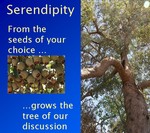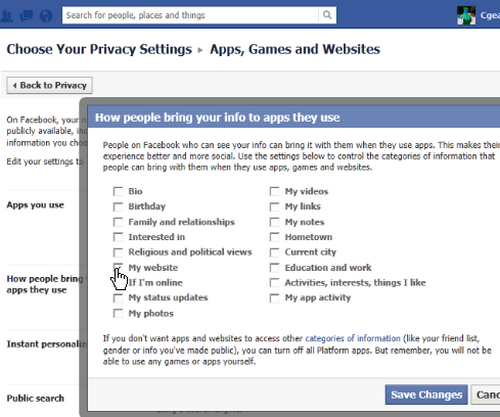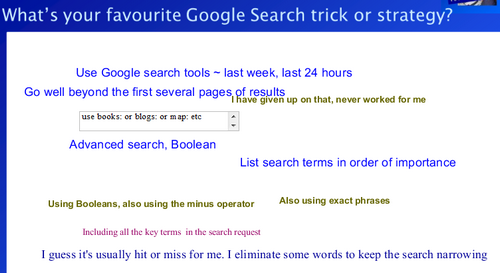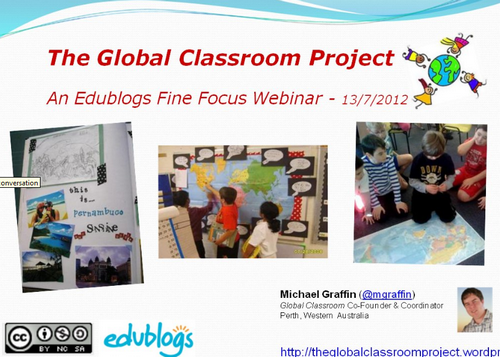Introduction
This overview covers our two most recent webinars. This first was a Serendipity session where we discussed Facebook privacy sessions and the flow-on effects that happen between accounts. The second webinar (a FineFocus) was inspired by the recent short course in “Power Searching” from Google.
Serendipity – Facebook privacy settings
In this session, recorded as always, we discussed issues around Facebook privacy settings. This arose from one of the group recounting an experience where a family member had changed something in their profile and this had had a knock on effect on other people’s accounts.
Facebook privacy (and other) settings seem to cause issues for many people. We took a “walk” through some of these and shared how we try to use them.
They do seem inordinately complex. For example I am not entirely sure what would happen in terms of my privacy if I ticked the boxes in the window shown above. Personally I don’t use any apps and games, and I think I have all these things turned off but I am not really sure!
This was an interesting session. My concern is that if a group of quite “techie” and social network savvy people have trouble “getting our heads” around Facebook’s privacy and other settings what chance does the average user have!
FineFocus – Are you a “Power Searcher”
The second session, again recorded, was a look at some of the search features that were explored in the recent “Power Searching with Google” course that I joined. Although the interactive (forum posting) parts of the course have finished the content and activities are still available. I was already a fairly sophisticated searcher using many of the tools explored but I enjoyed the course immensely and certainly learned some new ideas.
Once the scene setting was complete I started as I so often do with some “where are you coming from” activities, including a question about current favourite search tricks and strategies.
Most of the session was taken up with brief explorations and opportunities to “play with” some of the search options that I had found interesting in the course. However there was also some discussion about how we see different results and even differenct tools depending on which Google domain you are searching through. For example the “.com.au” domain gives different results to the “.com” domain. My preference is usually to use “.com” so we looked at how to force this – Google is very persistent in forcing the search into your country domain, often just typing the “.com” domain doesn’t work and the domain reverts back to the country.
We took a look at some basic search points straight from the Google course these being choice of words and the order. Then we moved on to look at images (colour filtering and finding a specific image). Next we explored the right hand information panels that appear with some searches. These are not visible in search outputs from all Google domains. They can be seen in “.com” but not (at the moment) in “.com.au”. We finished off with a look at the “SearchResearch” blog where there is regular weekly search puzzle and an image search on “Yarn bombing” – try that one yourself if you haven’t heard the term :).
The session worked really well – quite fast paced, with a blend of whiteboard activities, app share for examples and opportunities try out the tools. Certainly for me the hour flew by!
Conclusion
Both of these sessions were great to be part of. As always privacy issues are of huge concern to us all, so sessions on this are always very worthwhile because they heighten awareness. The power search session was fun and hopefully also informative.
Next Webinar
 Our next session will be an Edublogs “Serendipity” session on Thursday August 2nd at 23:00 GMT/UTC (Afternoon/Evening USA) or Friday August 3rd at 7am West Aus, mid morning Eastern States Aus depending on your timezone (check yours here) – in the usual BlackboardCollaborate room. This is one of our fortnightly unconference sessions where we invite you to bring along your “hot topics” and “burning issues” for our poll on the topic
Our next session will be an Edublogs “Serendipity” session on Thursday August 2nd at 23:00 GMT/UTC (Afternoon/Evening USA) or Friday August 3rd at 7am West Aus, mid morning Eastern States Aus depending on your timezone (check yours here) – in the usual BlackboardCollaborate room. This is one of our fortnightly unconference sessions where we invite you to bring along your “hot topics” and “burning issues” for our poll on the topic







